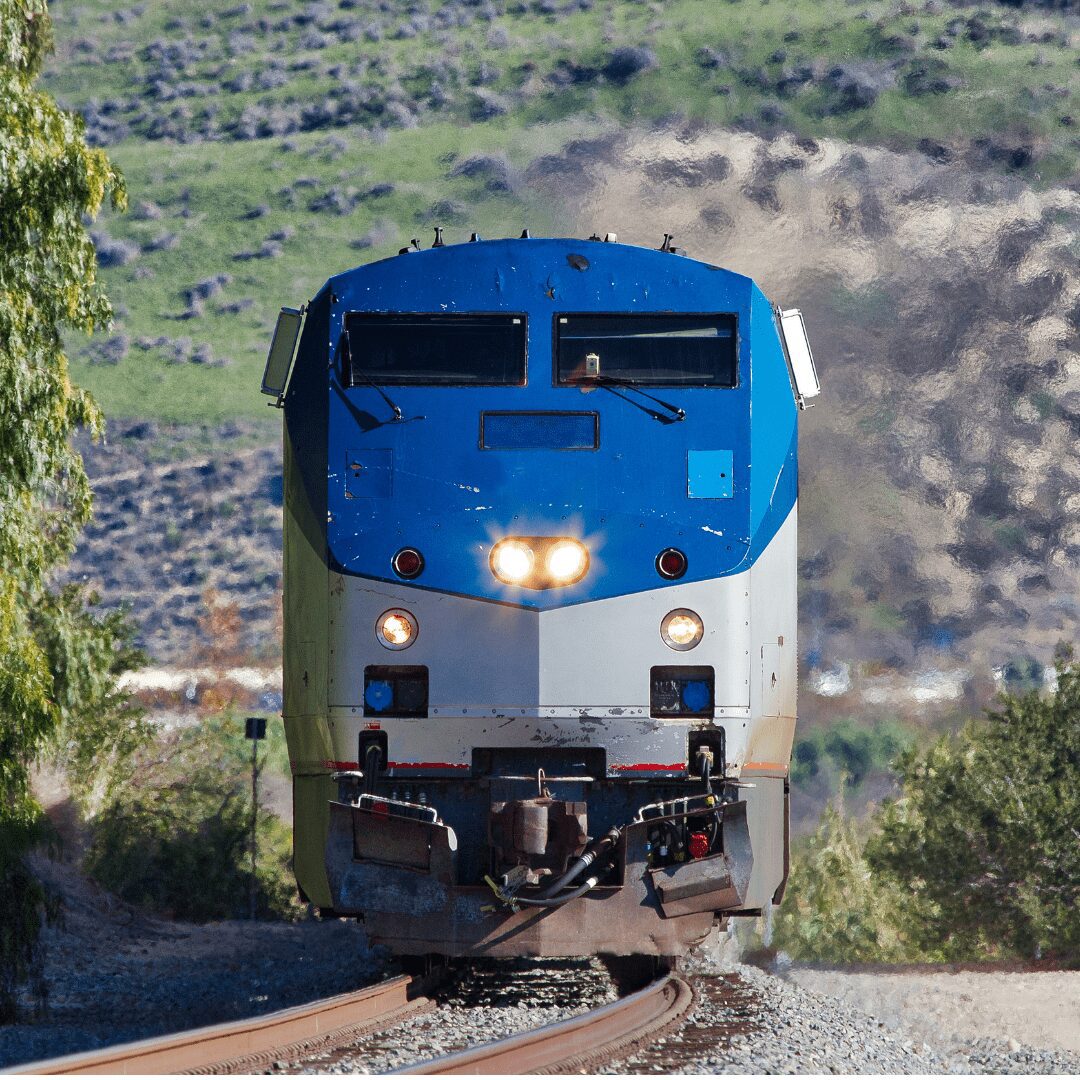
Putting the Brakes on Amtrak’s Gulf Coast Line
David Williams
May 13, 2022
Americans are patiently awaiting the Surface Transportation Board’s (STB) precedent-setting decision on whether or not Amtrak rail service along the Gulf Coast, spanning New Orleans to Mobile, will take hold. This decision may reverberate across the United States, instituting unprecedented Amtrak service in different parts of the U.S.. While connecting communities is important, it would be a disastrous precedent negatively affecting freight rail and taxpayer dollars – which are already being spread thin due to ongoing inflation and supply chain challenges.
Amtrak’s plans to establish passenger service along the Gulf Coast, the first time since Hurricane Katrina, comes at a time when demand for passenger rail is staggeringly low. In fact, only 11 out of Amtrak’s 45 routes make a profit, including those connecting densely populated areas from Washington, D.C., to Boston. The other 34 non-profitable routes? Heavily subsidized by taxpayer money.
In hopes of building passenger service along the Gulf Coast, Amtrak published a 2015 report to gain support; however, that same report demonstrates the lack of demand for the route itself. Data shows that ridership before Hurricane Katrina was on the decline, and estimates that 2015 ridership on the Gulf Coast line totals 38,400 passengers per year. However, during the STB’s recent hearing, Amtrak admitted that following more up-to-date assessments, the 2015 ridership level estimates are too high. During the same hearing, Amtrak executive Jim Blair reported that a more accurate evaluation would be just 24,300 riders a year. With only 24,300 riders per year, four trips per day, seven days a week the line would only service around 16 riders per each trip, losing an estimated $336.00 per passenger. If the STB grants approval of the Gulf Coast line, Amtrak would just be adding to its slew of unprofitable routes – draining precious taxpayer dollars.
Amtrak’s failure to estimate accurately its service demand and ridership, compounded with its refusal to make necessary infrastructure updates (despite receiving billions of dollars in government subsidies) show a lack of awareness for the American taxpayer and the fragile supply chain situation. If Amtrak truly cared about the Gulf Coast community and the American taxpayer and consumer, it would take these concerns to heart.
